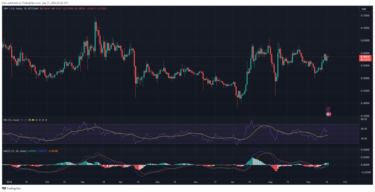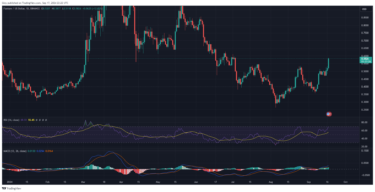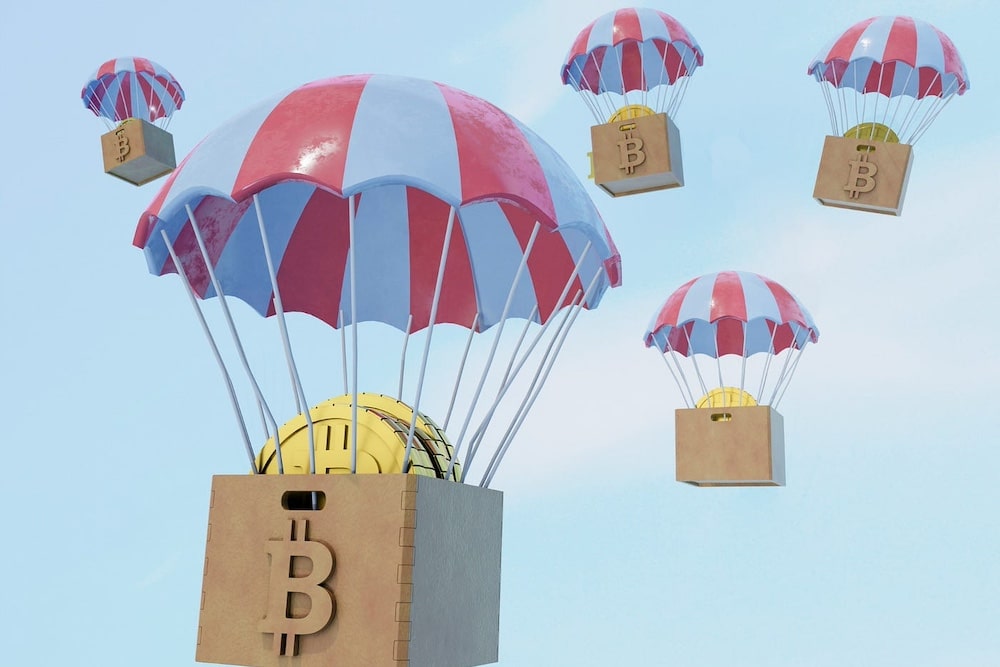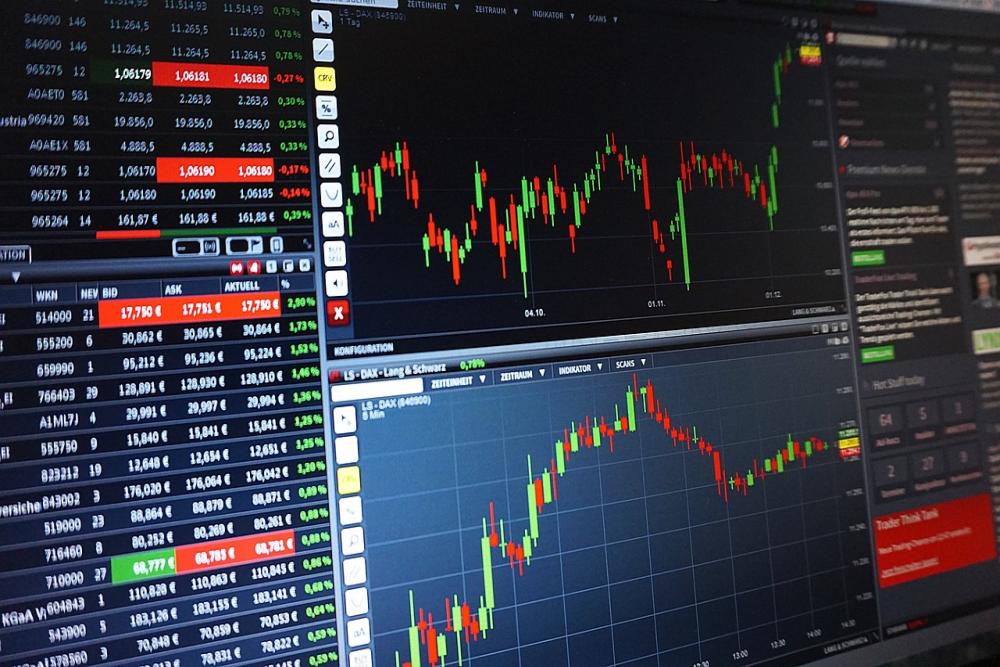XRP is struggling to break its fourteen-day high. The latest trend comes after several days of notable increases.
Nonetheless, the global cryptocurrency market is seeing significant improvement. It gained over 3% over the last 24 hours as valuations edged close to $2.10 trillion. The major moving factor is a massive increase in trading volume, exceeding 2%.
While many wonder about the reason for the latest increase, it is worth noting that the market is anticipating a very important event. The FOMC meeting will take place on September 18. The latest price improvement is in relation to the impending event.
Every economist/market watcher talks about a possible rate cut that will positively affect the price of several cryptocurrencies in the coming days. How will they react?
Top Five Cryptocurrencies
BTC/USD
Bitcoin is seeing one of its biggest price swings in the last fourteen days. It started the day trading at $58,208 but retraced below the support. It soon rebounded and shot up, flipping $60k and peaking at $61,331. Although back below $61k, the apex coin is up by over 3% in the last 24 hours.

The most recent hike marks the end of the previous three-day downtrend, which saw the coin drop over 4%. BTC lost almost 2% during the previous intraday session, retracing to a low of $57,488 after starting the day at $59,121.
The most recent hike, although in anticipation of an important fundamental, may signal further price increases this week. BTC will look to reclaim $62k. Gauging by the 3% increase during the current intraday session. The asset may see double the surge if the meeting goes as expected. It means that the apex coin will look to test $64k this week.
Indicators also agree with this assertion. One such is moving average convergence divergence. It displayed a bullish divergence last week, which is ongoing at the time of writing. The 12-day EMA continues upwards as RSI show a significant spike in buying pressure.
BTC is currently trading above the 50-day exponential moving average. it will to flip the 100-day EMA in the coming days.
BNB/USD
Binance coin declined during the previous intraday session, retracing from $553 to a low of $527. The bulls were exhausted after the massive price increase the altcoin experienced last week. It started the session at $503 and peaked at $562 but closed a little lower with a 10% increase.

The surge saw the asset climb above its pivot point at $511 and edged close to $600. It also flipped the 100-day EMA but is trading below these marks due to the price movement. Nonetheless, BNB is currently printing a green candle which may indicate the continuation of the uptrend.
It is exchanging at $547 after kicking off the day at $533. Up by over 2%, the coin retraced from a high of $552 as it lost momentum.
The moving average convergence divergence has resumed its uptrend in reaction to the most recent price changes. The 12-day EMA previously halted its uptrend but resumed the upward trajectory. RSI also saw a small positive change in trajectory.
With the impending fundamentals in view, the asset will retest its fourteen-day high at $562 within the next 24 hours. The surge may continue, and the altcoin will edge closer to $600. It may climb above $575 before the week runs out.
XRP/USD
Ripple’s native coin will look to continue its attempt at $0.60. It failed to flip this resistance after several trials in the last four days. One such trial was on Saturday, when it started trading at $0.57 but surged to a high of $0.599 and lost momentum. Nonetheless, it flipped the mark on other exchanges.

The last day of the previous week was bearish as the asset printed a red candle. It retraced from $0.59 to retest $0.56. XRP lost all the gains it accumulated.
However, the uptrend resumed during the previous intraday session. It surged to a high of $0.59 after a small decline to $0.55. The day ended with gains of almost 3%. It is printing a doji at the time of writing which may indicate that the bulls are getting exhausted after the over 7% increase last week.
Nonetheless, indicators are yet to flip bearish amidst the exhaustion. The relative strength index points to a possible continuation as the asset is still seeing small buying pressure. Although not significant, the presence of small buyers may trigger more.
The constant price lingering close to $0.60 also indicates the bulls may be building momentum around this mark. If this is case, the altcoin will surge above this mark. XRP may retest $0.62. It is also important to note the heightened risk of a massive retracement.
SUI/USD
Trading actions during the previous day were bearish as the bulls appeared exhausted. After breaking the $1.10 resistance and reaching a high of $1.12, prices dropped and even tested the level of $1. However, it bounced back and ended the day trading at $1.04, losing over 3%.

The relative strength index was at 61, increasing fears of the downtrend continuation this week. Nonetheless, this sort of dip can be considered healthy because the relative strength indicator was nearing the 70 mark. Otherwise, other indicators remain the same and are bullish despite the small correction.
For example, the MACD was on the rise and flashed buy signals. It is also noteworthy that the asset is trading above the 50-day moving average, which increases the odds of a potential uptrend continuing.
The bullish trend continues into the current day as SUI is printing its longest green candle this week. It surged to a high of $1.19 but failed to flip the $1.20 resistance.
The altcoin will continue the uptrend throughout the week. It will look to defend the $1.10 mark and may be range-bound in the $1 – $1.20 zone before the week runs out. It may edge closer to the $1.40 barrier.
However, the bulls may run out of steam. Should that occur, the selling trend may last longer than anticipated, with the altcoin potentially losing the $1 support level and moving towards 0.95.
FTM/USD
Fantom will look to continue its uptrend this week. It is off to a good start, printing a long green candle. It started the day at $0.52 and surged to a high of $0.58. Currently up by over 12%, the asset is experiencing the same bullish trend as the rest of the crypto market.

If the current market trend conditions persist, FTM may test the $0.70 resistance before the week runs out. Nonetheless, there are fears that it’ll be overbought and a massive retracement may take place








